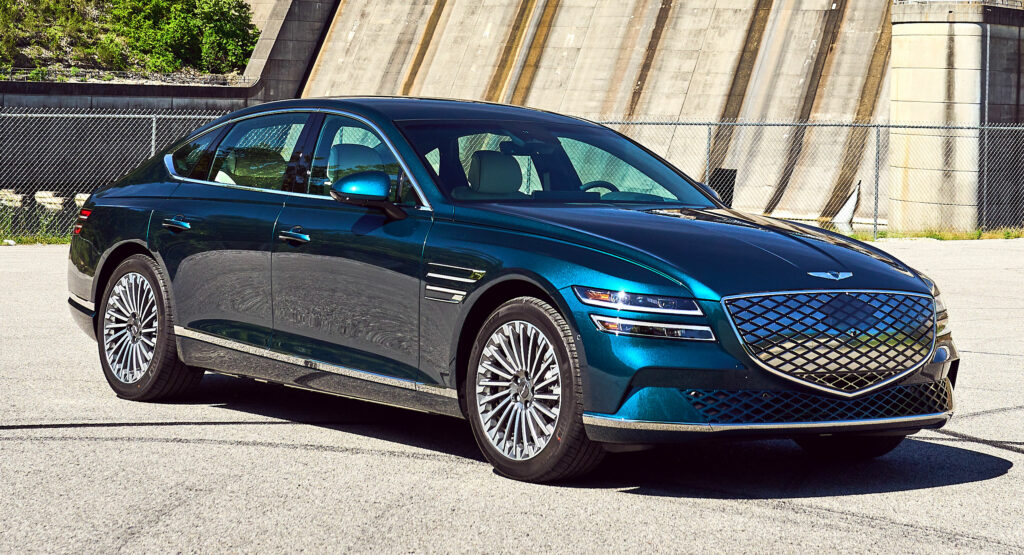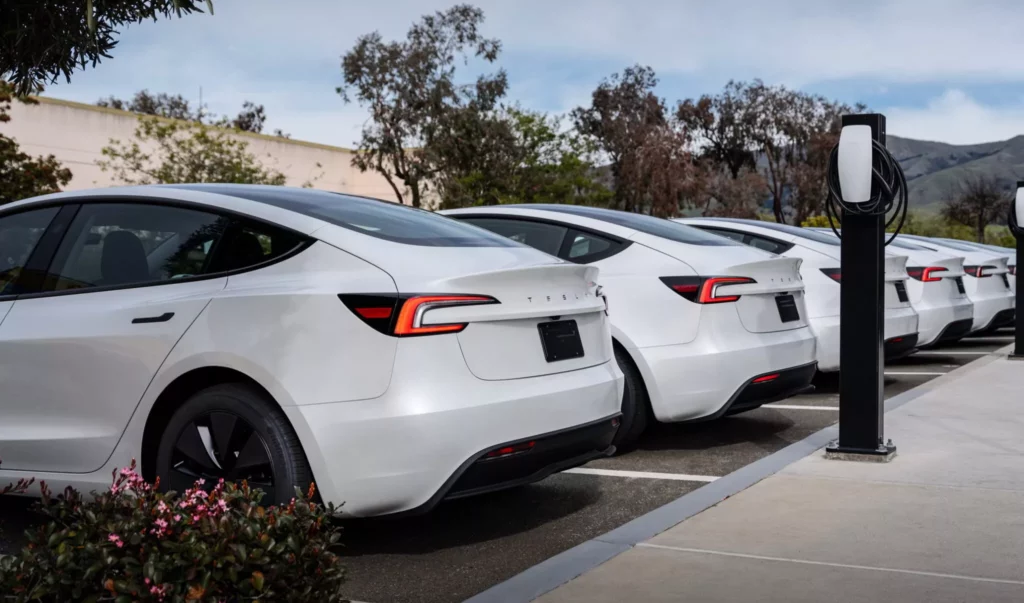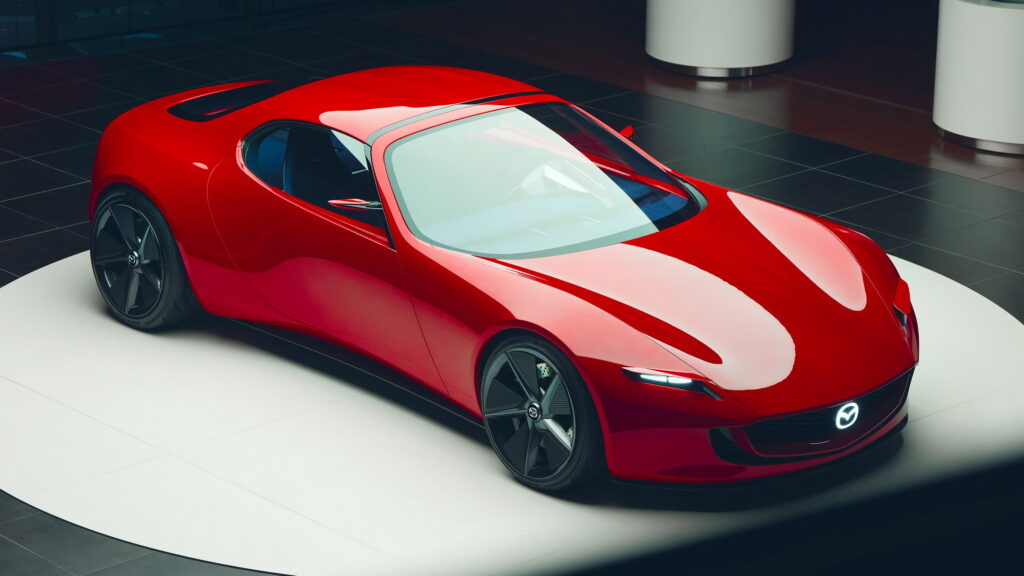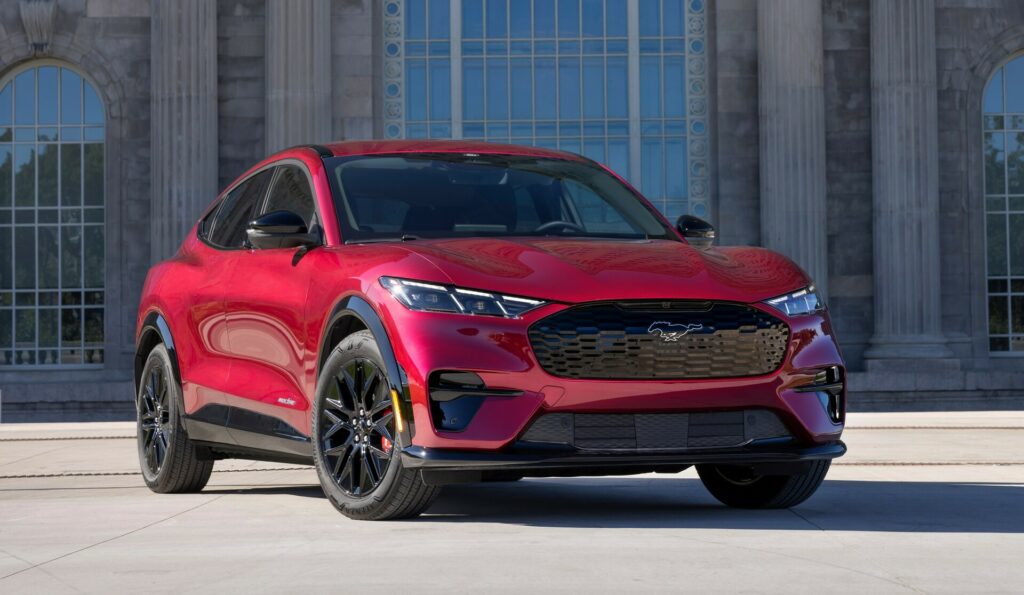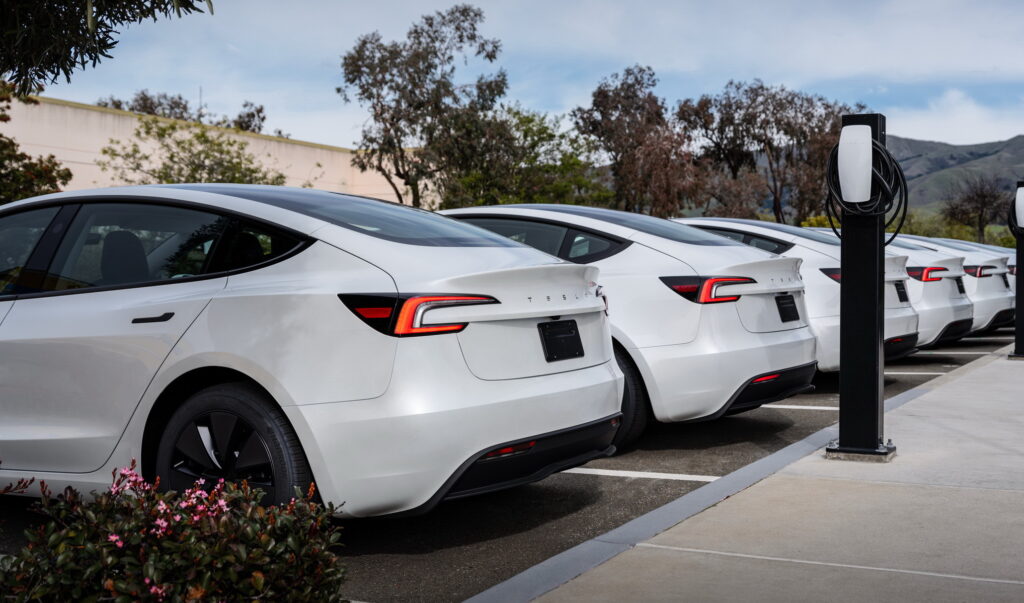MACON, Ga.-Blue Bird Corporation (“Blue Bird”) (Nasdaq: BLBD), the leader in electric and low-emission school buses, announced today its fiscal 2025 third quarter results.
“I am incredibly proud of our team in delivering another outstanding result, achieving a new all-time quarterly record revenue and profit,” said John Wyskiel, President & CEO of Blue Bird Corporation. “The Blue Bird team continued to exceed expectations, improving operations, navigating tariffs, and expanding our leadership in alternative-powered buses. Our backlog remains strong with approximately 3,900 units at the end of the third quarter, despite industry orders slowing due to tariff-related pricing actions. Unit sales were above the same period as last year, and revenue was up by $65M, driven by product mix and pricing. We delivered an exceptional Adj. EBITDA of $58.5M for Q3 2025, a new all-time record for the Company.
“In our push to expand our leadership in alternative-powered school buses, we delivered a record 271 electric-powered buses this quarter. As of the end of the quarter, we have 1,200 EV buses either sold or in our firm order backlog, which supports our EV sales target for 2025.
“Based on our strong Q3 performance, we’ve raised our full-year financial guidance for Adjusted EBITDA to $210 million, with a 14.5% margin. This will be an all-time full-year record for Blue Bird, and we look forward to sustained profitable growth in the coming years.”
Raising FY2025 Guidance and Long-Term Outlook
“We are very pleased with the third quarter results, with our highest ever quarterly Adj. EBITDA,” said Razvan Radulescu, CFO of Blue Bird Corporation. “Our business is in a very strong position and we continue to deliver ahead of the plan we have been messaging. We are tightening our full-year 2025 guidance for Net Revenue at ~$1.45 Billion and raising our Adj. EBITDA guidance to $205-215 million and Adj. Free Cash Flow to $90-$100 million. Additionally, we are raising our long-term profit outlook towards an Adjusted EBITDA margin of 16%+ on ~$2 billion in revenue. We are confident in our profitable growth plans and are excited to announce a new $100 million share repurchase program.”
Fiscal 2025 Third Quarter Results
Net Sales
Net sales were $398.0 million for the third quarter of fiscal 2025, an increase of $64.6 million, or 19.4%, compared to $333.4 million for the third quarter of fiscal 2024. The increase in net sales is primarily due to an increase in Bus unit bookings, Bus customer and product mix changes and cumulative Bus price increases, including an increase that was intended to mitigate the impact of increased procurement costs for certain of our imported inventory as a result of the imposition of tariffs beginning during the third quarter of fiscal 2025, as well as a small increase in Parts sales.
Bus sales increased $64.2 million, or 20.8%, reflecting a 14.7% increase in unit bookings and a 5.4% increase in average sales price per unit. In the third quarter of fiscal 2025, 2,467 units booked compared to 2,151 units booked for the same period in fiscal 2024. The increase in unit price for the third quarter of fiscal 2025 compared to the same period in fiscal 2024 was primarily due to customer and product mix changes as well as price increases implemented to offset increases in inventory costs.
Parts sales increased $0.4 million, or 1.7%, for the third quarter of fiscal 2025 compared to the third quarter of fiscal 2024. This increase is primarily attributed to price increases implemented to offset increases in inventory costs that were partially offset by slight variations due to product and channel mix.
Gross Profit
Third quarter gross profit of $85.9 million represented an increase of $16.6 million from the third quarter of last year. The increase was primarily driven by the $64.6 million increase in net sales, discussed above, and partially offset by a corresponding increase of $48.1 million in cost of goods sold.
Net Income
Net income was $36.5 million for the third quarter of fiscal 2025, an increase of $7.7 million from the third quarter of last year. Among other smaller fluctuations, the $16.6 million increase in gross profit, discussed above, was offset by an increase of $6.2 million in selling, general and administrative expenses, primarily due to an increase in a) research and development expense in the third quarter of fiscal 2025 and b) labor costs.
Adjusted Net Income
Adjusted net income of $38.7 million represented an increase of $8.1 million from the third quarter of last year. The increase was primarily driven by the $7.7 million increase in Net Income, discussed above.
Adjusted EBITDA
Adjusted EBITDA was $58.5 million, which was an increase of $10.2 million compared with the third quarter of fiscal 2024. The increase primarily relates to the increase in gross profit, when adjusting for the impact of expenses that are excluded in calculating Adjusted EBITDA, as outlined in the gross profit discussion above that was partially offset by a smaller increase in selling, general and administrative expenses, when adjusting for the impact of expenses that are excluded in calculating Adjusted EBITDA, as discussed above.
Year-to-Date Fiscal 2025 Results
Net Sales
Net sales were $1,070.7 million for the nine months ended June 28, 2025, an increase of $73.8 million, or 7.4%, compared to $996.9 million for the nine months ended June 29, 2024. The increase in net sales is primarily due to an increase in Bus unit bookings, Bus customer and product mix changes and cumulative Bus price increases, including an increase that was intended to mitigate the impact of increased procurement costs for certain of our imported inventory as a result of the imposition of tariffs beginning during the third quarter of fiscal 2025, as well as a small increase in Parts sales.
Bus sales increased $73.7 million, or 8.0%, reflecting a 5.5% increase in units booked and a 2.4% increase in average sales price per unit. 6,892 units booked in the nine months ended June 28, 2025 compared with 6,534 units booked during the same period in fiscal 2024. The increase in unit price for the first nine months of fiscal 2025 compared to the same period in fiscal 2024 was primarily due to customer and product mix changes as well as price increases implemented to offset increases in inventory costs.
Parts sales increased $0.1 million, or 0.2%, for the nine months ended June 28, 2025 compared to the nine months ended June 29, 2024. This small increase is primarily attributed to price increases implemented to offset increases in inventory costs that were partially offset by slight variations due to product and channel mix.
Gross Profit
Fiscal year-to-date gross profit was $217.1 million, an increase of $20.5 million from the same period in the prior year. The increase was primarily driven by the $73.8 million increase in net sales, discussed above, and partially offset by a corresponding increase of $53.2 million in cost of goods sold.
Net Income
Net income was $91.2 million for the nine months ended June 28, 2025, a $10.3 million increase from the same period in the prior year. The increase in net income was primarily driven by the $20.5 million increase in gross profit, discussed above, and among other smaller fluctuations, was partially offset by an increase of $17.5 million in selling, general and administrative expenses, primarily due to an increase in a) share-based compensation expense recorded in the second quarter of fiscal 2025 relating to the retirement of our former President and Chief Executive Officer, b) labor costs and c) research and development expense.
Adjusted Net Income
Adjusted net income was $100.8 million for the nine months ended June 28, 2025, an increase of $11.3 million compared to the same period in the prior year. This is primarily due to the $10.3 million increase in Net Income, discussed above.
Adjusted EBITDA
Adjusted EBITDA was $153.4 million for the nine months ended June 28, 2025, an increase of $11.8 million compared to the same period in the prior year. This increase is primarily due to the increase in gross profit, when adjusting for the impact of expenses that are excluded in calculating Adjusted EBITDA, as outlined in the gross profit discussion above, that was partially offset by a smaller increase in selling, general and administrative expenses, when adjusting for the impact of expenses that are excluded in calculating Adjusted EBITDA, as discussed above.
Conference Call Details
Blue Bird will discuss its third quarter 2025 results in a conference call at 4:30 PM ET today. Participants may listen to the audio portion of the conference call either through a live audio webcast on the Company’s website or by telephone. The slide presentation and webcast can be accessed via the Investor Relations portion of Blue Bird’s website at www.blue-bird.com.
Webcast participants should log on and register at least 15 minutes prior to the start time on the Investor Relations homepage of Blue Bird’s website at http://investors.blue-bird.com. Click the link in the events box on the Investor Relations landing page.
Participants desiring audio only should dial 404-975-4839 or 833-470-1428. The access code is 189469.
A replay of the webcast will be available approximately two hours after the call concludes via the same link on Blue Bird’s website.
About Blue Bird Corporation
Blue Bird (NASDAQ: BLBD) is recognized as a technology leader and innovator of school buses since its founding in 1927. Our dedicated team members design, engineer and manufacture school buses with a singular focus on safety, reliability, and durability. School buses carry the most precious cargo in the world – 25 million children twice a day – making them the most trusted mode of student transportation. The company is the proven leader in low- and zero-emission school buses with more than 20,000 propane, natural gas, and electric powered buses in operation today. Blue Bird is transforming the student transportation industry through cleaner energy solutions. For more information on Blue Bird’s complete product and service portfolio, visit www.blue-bird.com.
The post Blue Bird Reports Fiscal 2025 Third Quarter Results; Beats Third Quarter Guidance With Record Results; Raising 2025 Guidance and Long-Term Outlook; $100M Share Buy-back Announced appeared first on School Transportation News.

